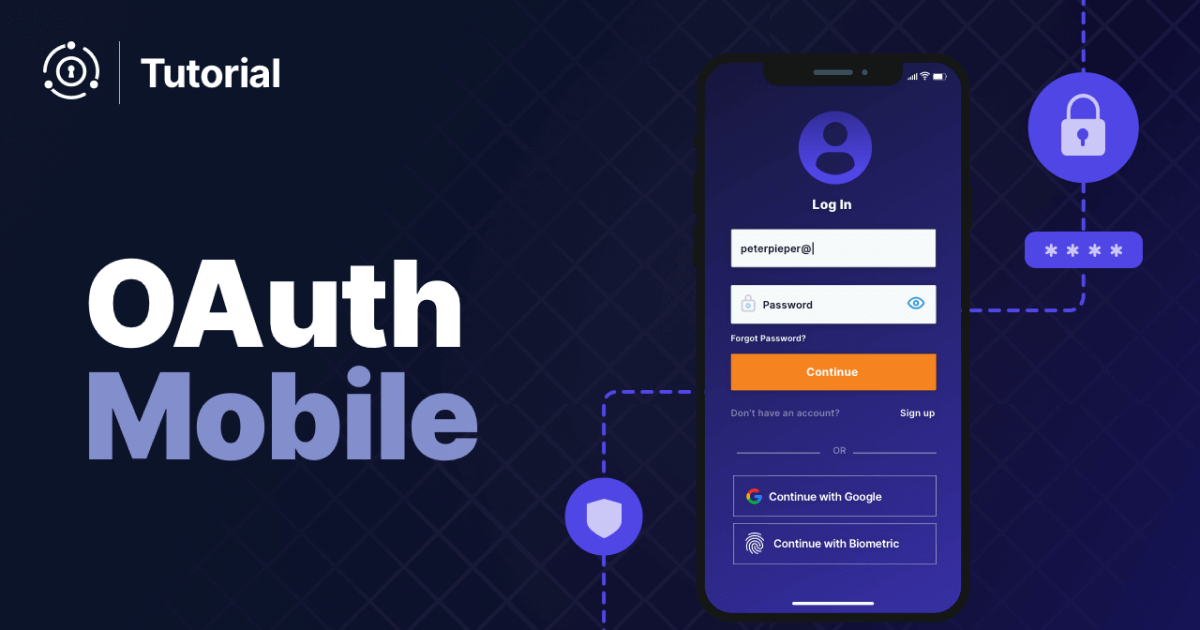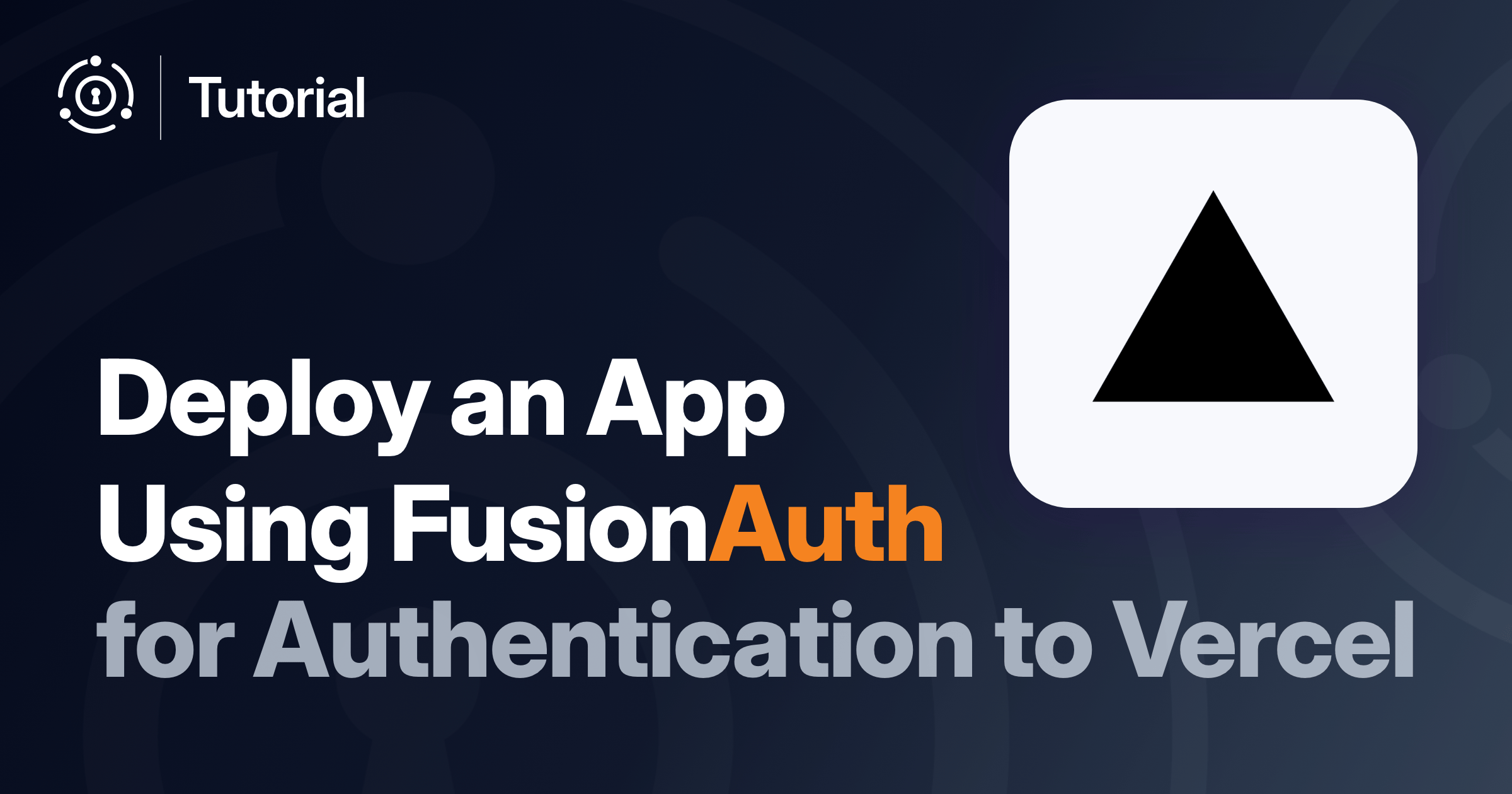Learn mobile app development & OAuth practices with FusionAuth. Improve user login experience, speed up development, and secure APIs for your applications. Dive into security & single sign-on.
Best Practices for OAuth and Native Apps
OAuth and OpenID Connect (OIDC) are important standards for handling authentication and authorization in modern applications. In this guide, we will cover best practices for implementing OAuth and OIDC in native mobile apps.
The Problem
When building a native mobile app like a ridesharing service called Ubyft, there are several key problems related to user login and API access that must be addressed:
- User Login - How does a user gain access to the app’s features after signing up? This includes flows for registration, login, managing profiles, and more.
- API Access - How does the native app access API resources that live outside the app itself, whether first-party APIs owned by the app creator or third-party APIs like Facebook?
- Speed of Development - How can we build fast while also following security best practices around auth?
Approaches for Solving the Login Problem
There are a few main approaches we could take:
Native Login
Code the login screens and identity management directly in the app, hitting our own custom APIs
Pros:
- Full control and customization.
- You own everything
Cons:
- Large Dev Ops burden around ID management
- You own everything
How does Native Login work? Below you can see how a flow would work with an endpoint at ubyft.com for authentication and one for all of the rideshare data at rides.ubyft.com.
- Login using your mobile application to your applications authentication endpoint.
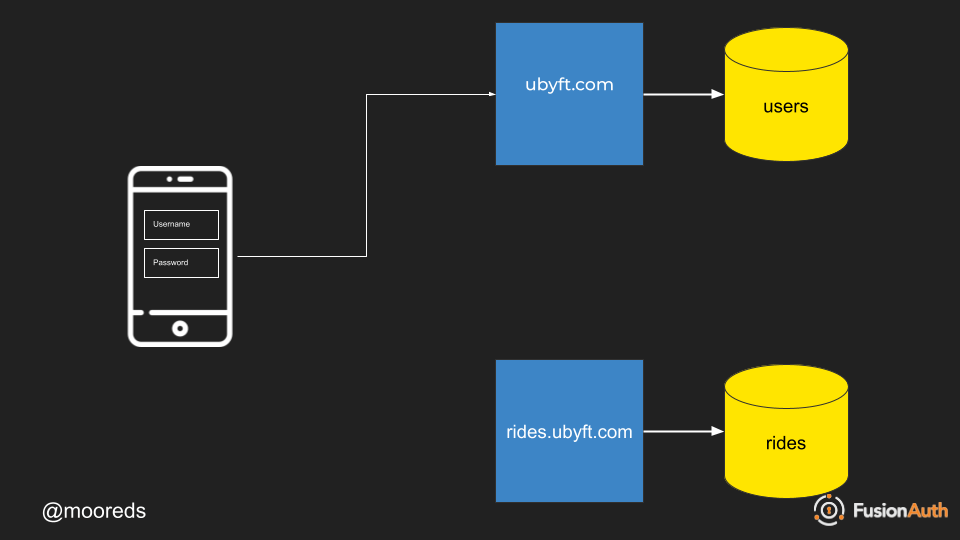
- Authentication enpdpoint passes back authentication token.
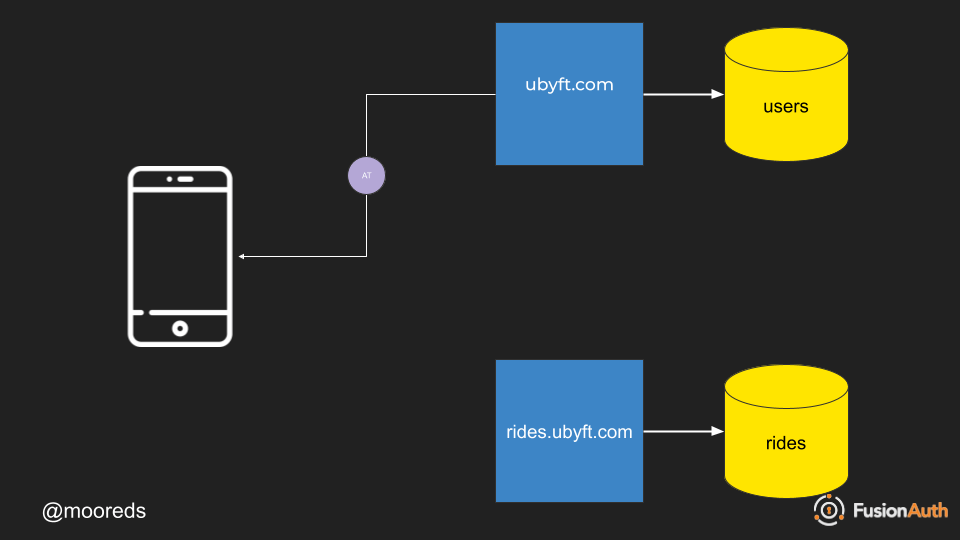
- Authentication token is stored on device.

- Authentication token is used to call API endpoints in rides.ubyft.com.
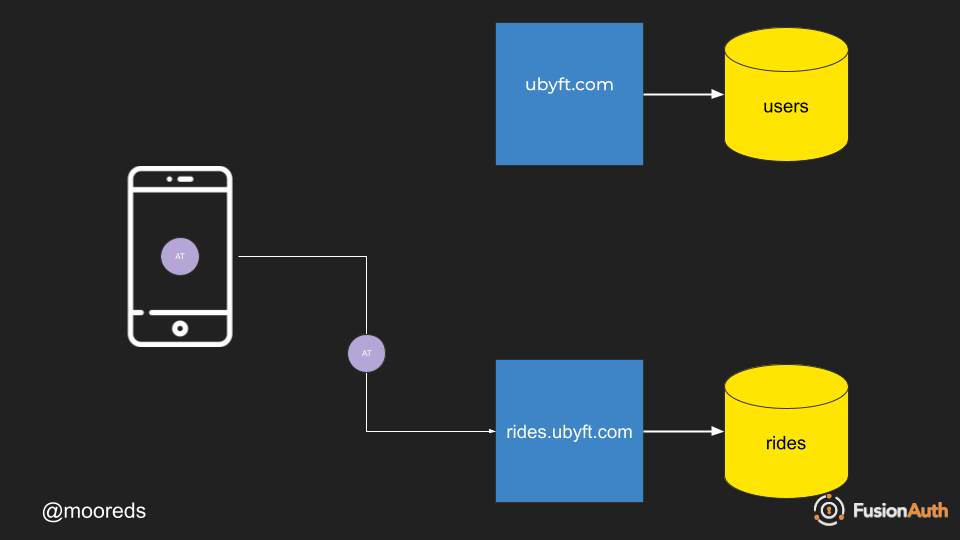
- The rides.ubyft.com application must check that this is a vaid authentication token and then pass back the data in JSON format.
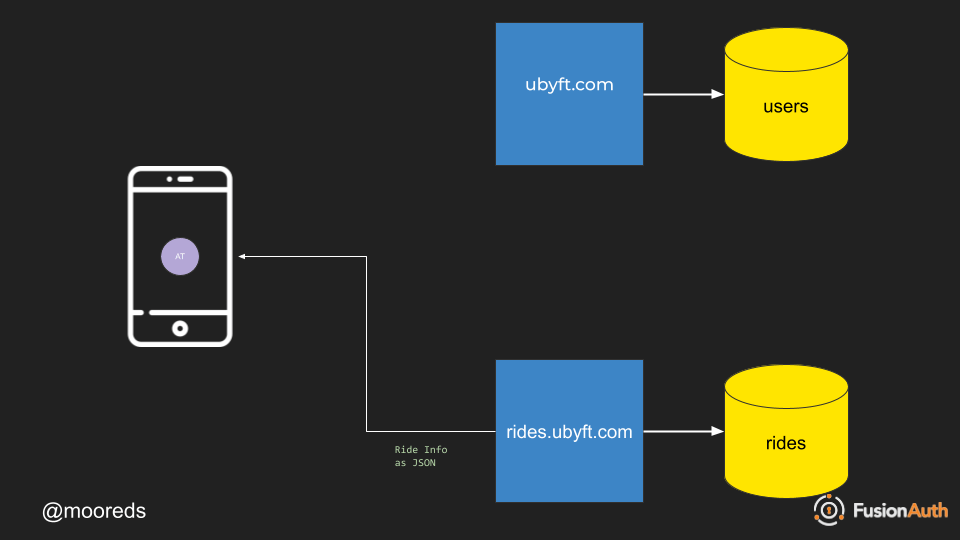
What do you own during Native Login?
- All the login flows
- Securing the password
- Designing API security
- Mediating access to third party APIs
- New auth developments and requirements
- Siloed user data
Native Hybrid
Use a third-party identity provider like Firebase but still code the UI
Pros:
- You don’t own everything
- You still own UX
- Leverage third-party ID expertise
Cons:
- Vendor lock-in
- You don’t own everything
We have a great article on Avoiding Authentication System Lock-In.
- Login using your mobile application to third-party authentication endpoint.
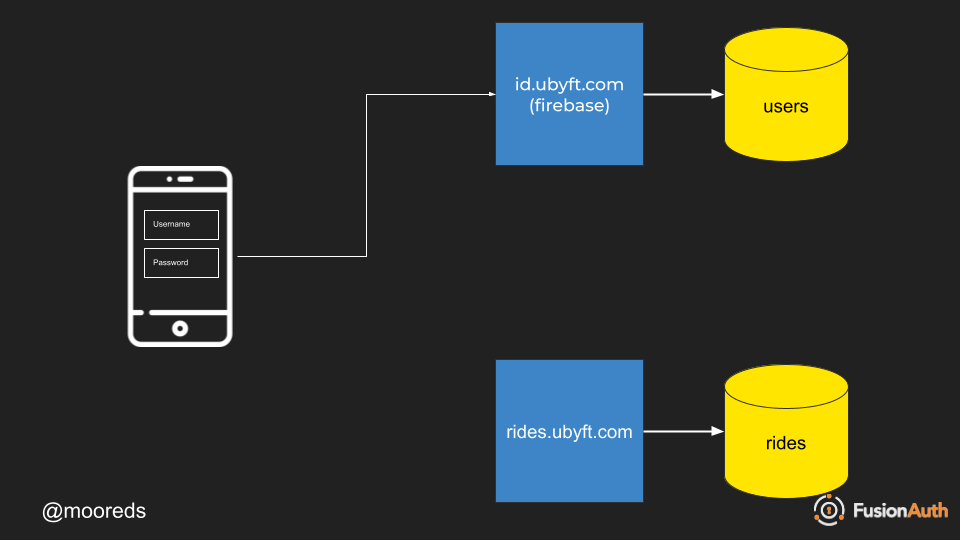
- Third-party authentication enpdpoint passes back authentication token.
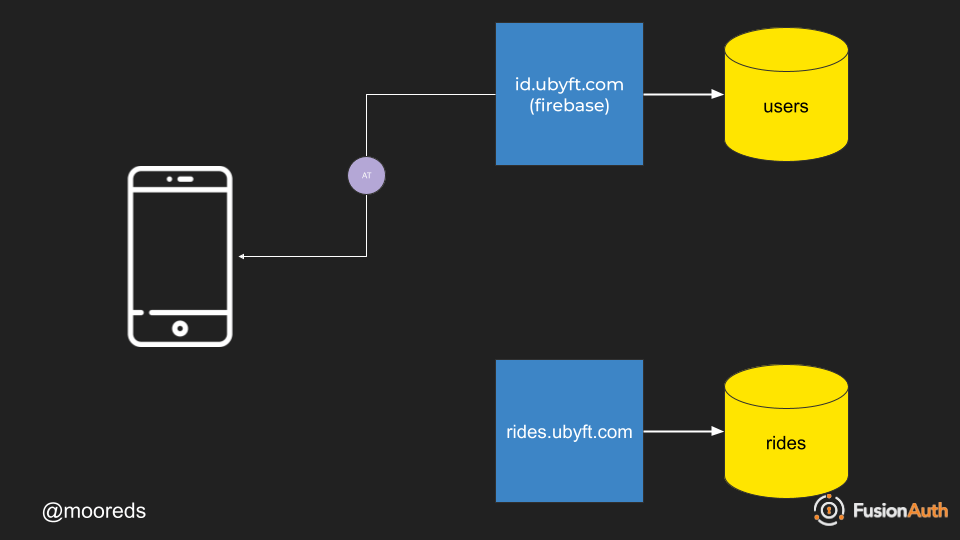
- Third-party authentication token is stored on device.
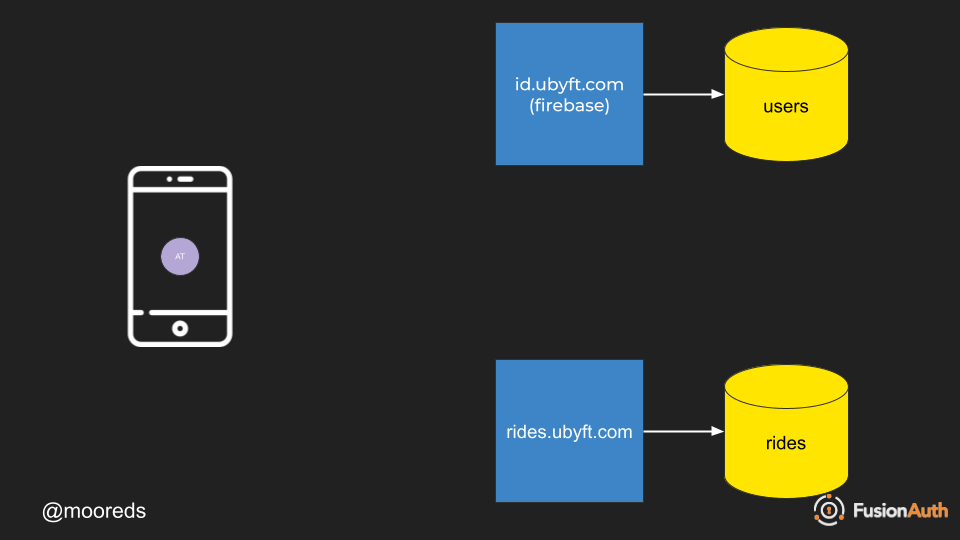
- Authentication token is used to call API endpoints in rides.ubyft.com.

- The rides.ubyft.com application must check that this is a vaid authentication token and then pass back the data in JSON format.

OAuth and OIDC
- Standards-based approach that centralizes ID concerns
Pros:
- Leverage auth server
- Functionality
- Security
Cons:
- Less UI control
- Costs
The idea of having one central place where you can control who has access to which applications makes more sense. The more applications you have, the more a central identity store makes sense.
OAuth and OIDC Flows for Native Apps
Now let’s do a deep dive into OAuth and OIDC, which externalize ID concerns by:
- Authenticating users against a centralized identity provider
- Providing standard access tokens that apps can use to access APIs
This gives us increased security and speed of development at the cost of some UI control.
Initialization
We start by registering our app client in the identity provider and getting a client Id:
User Login Flow
The login flow works as follows, hitting a series of redirect URIs:
- App requests a login page from the Id provider
- User logs in by providing credentials
- App receives standard Id and access tokens
To initialize this, the app makes a request like this:
https://id.ubyft.com/authorize?client_id={CLIENT_ID}&response_type=code&scope=openid&redirect_uri=ubyft://auth&state={STATE}The parameters:
client_id: App client IDresponse_type: “code” for auth code flowscope: Request ID tokenredirect_uri: Registered URIstate: Pass info to redirect URI
Access Tokens
After login, the app receives OAuth access tokens it can use to access APIs.
- Access tokens grant access to API resources
- They are time-bound and need to be refreshed
By requesting a offline_access scope, the app can also get a refresh token to fetch new access tokens.
Identity Tokens
The OIDC flow provides an ID token for user authentication:
- ID tokens provide user identity information
- They contain claims like user Id, name, email
- Apps should verify the signature and other security claims
Securing OAuth Tokens
Because access tokens grant access, we must store them securely:
- On iOS, use the keychain
- On Android, use EncryptedSharedPreferences
- HTTPS Only
- Don’t pass in URL or query string
Tokens should also be transmitted over TLS to prevent interception.
Single Sign-On
We can leverage Google/Apple SSO instead of a private identity provider:
- Lower friction since users already have accounts
- Downside is less control and lock-in
System Browser vs. Webviews
It’s best to use the native system browser over webviews:

- Increased security
- Required by Google/Apple
- Enables SSO across apps
Trust me if she can see it so will you!

Conclusion
Using OAuth and OIDC enables secure sign-on flows while accelerating development. By following the practices outlined here around protected tokens and platform-specific guidelines, native apps can build robust Id management.


